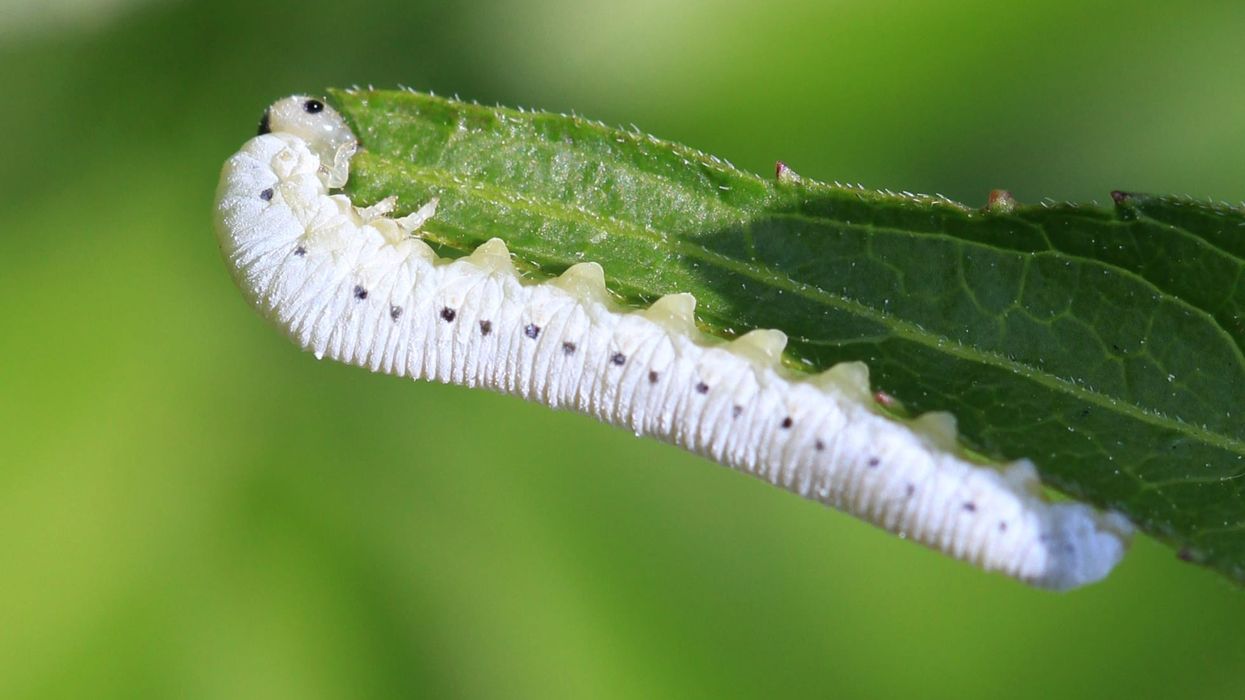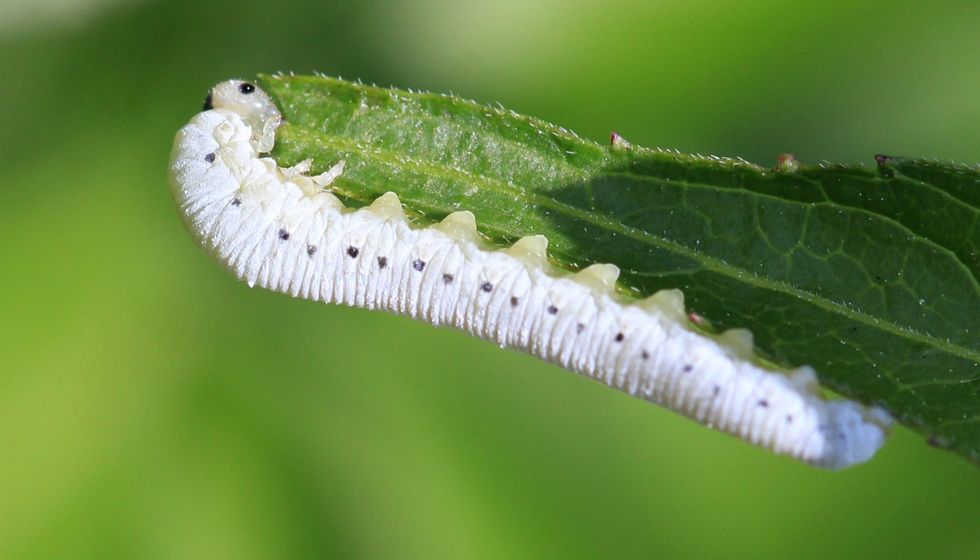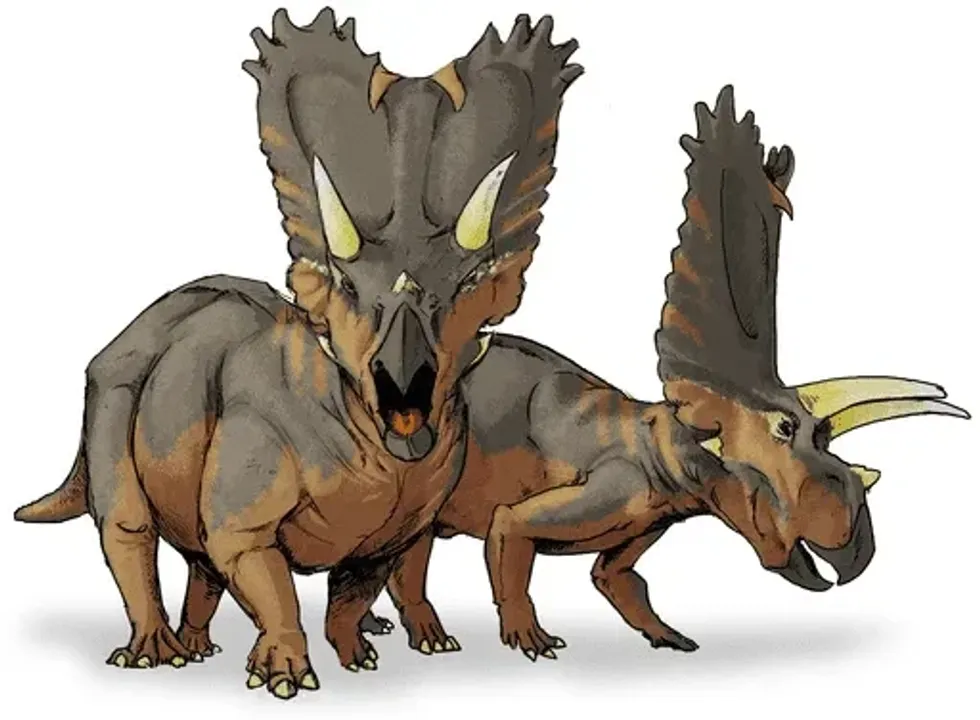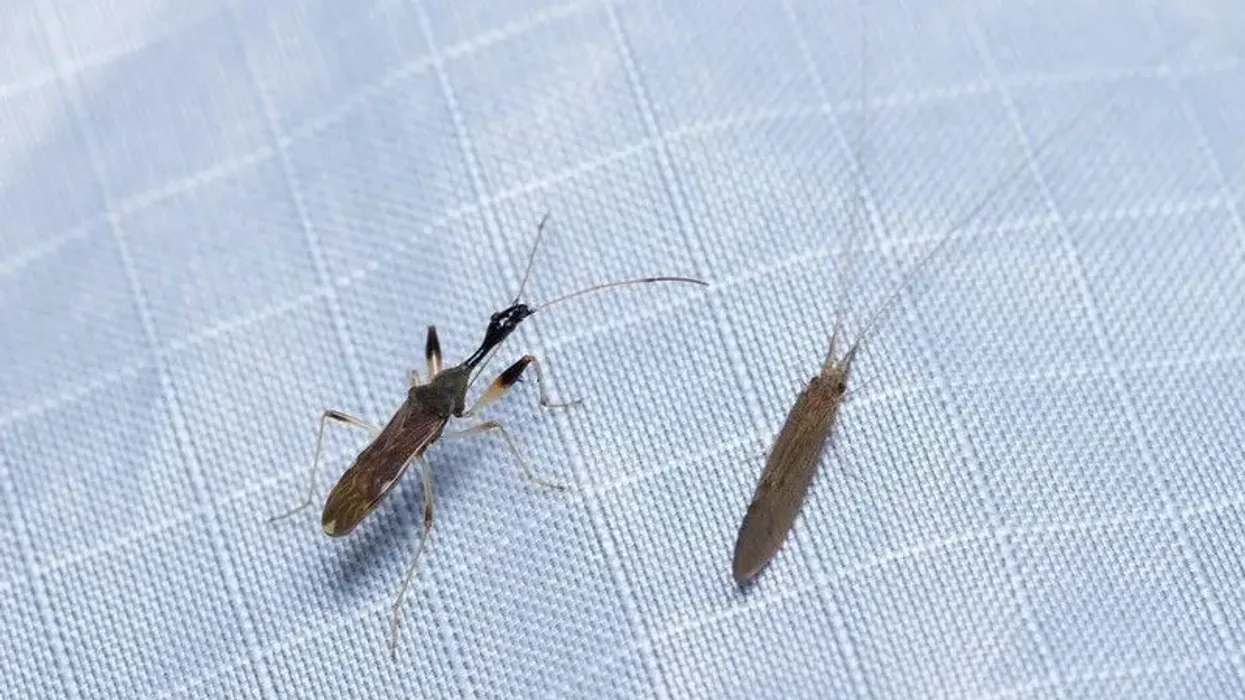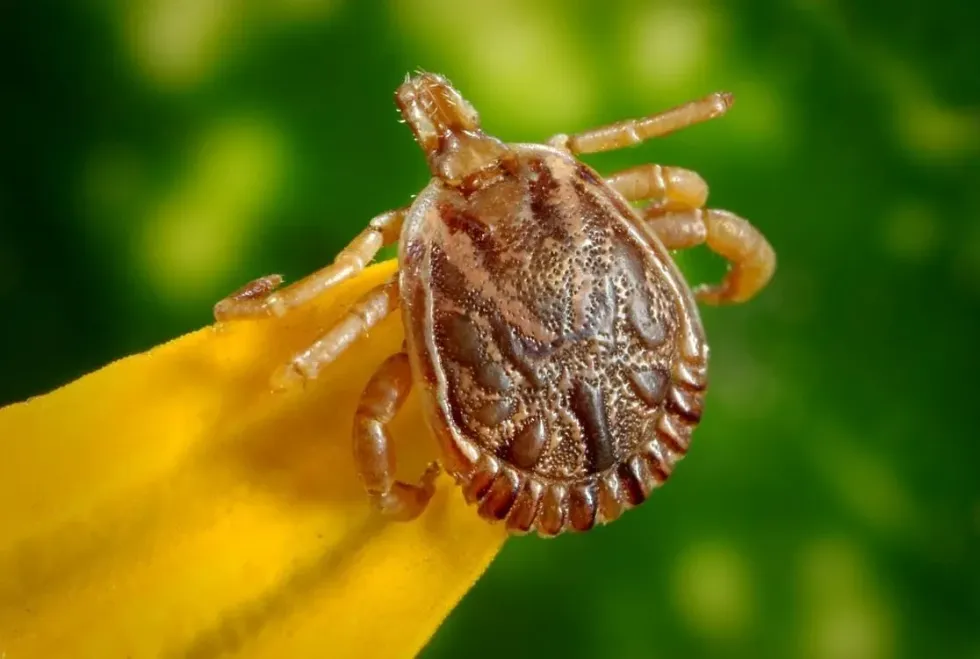Can you imagine white waxy larvae, a beautiful yellow caterpillar, and a jet-black wasp to be the same insect? If you are fascinated by these magical transformations and want to know much more about a dogwood sawfly, then continue reading!
This insect undergoes four states during its growth: eggs, larvae, pupa, and adult. After the eggs hatch, the larval state of dogwood lasts for about a year. The adult form is a black wasp-like fly.
Sawflies derive their name from the saw-like ovipositor in the female. This unique species lives on dogwood leaves in subtropical and temperate regions of North America.
While feeding on the dogwoods leaf, they cause damage to the host plants, so effective steps have to be taken to control infestations. The leaves can be prevented from sawflies using simple methods like dropping the caterpillar in soap water or using chemical control.
If you liked knowing about this creation of nature, you could also take a look at some other insects with our mayfly facts and damselfly facts right here.
Dogwood Sawfly Interesting Facts
What type of animal is a dogwood sawfly?
The dogwood sawfly is a black wasp-like insect with white antennae. The species is often confused with being caterpillars, but they eventually pupate to become adult sawflies. Dogwood, during its larvae state, is covered with white powder. The insect gets its name because of the saw-like ovipositor in the females.
What class of animal does a dogwood sawfly belong to?
The dogwood sawfly (Macremphytus tarsatus) is an arthropod that belongs to the class Insecta.
How many dogwood sawflies are there in the world?
The exact population size of the species is unknown, but about 8,000 species of sawflies have been identified in the world. There are 25 families of sawflies.
Where does a dogwood sawfly live?
Sawflies live and feed on dogwood plants and shrubs like Cornus. The females lay eggs on the underside of the leaf, and the caterpillars feed on the leaf throughout their larvae state.
What is a dogwood sawfly's habitat?
The habitat of this insect could be forests, woods, or even your backyard! They thrive in sub-tropical to temperate climates. They are native to the United States of America and Southern Canada.
Who do dogwood sawflies live with?
The sawfly larvae live in packs and exhibit group defensive behavior when attacked. These are termed social beings and like to spend time with their family and friends. They are often the prey of birds and other giant insects. The sawfly larvae are considered to be pests by humans because they cause severe damage to plants.
How long does a dogwood sawfly live?
Although the larvae state of the species lasts for about a year, the adult state is short-lived. The adult state is believed to last for 1-2 weeks.
How do they reproduce?
The metamorphosis of the sawfly caterpillar takes place in multiple stages. First, females lay about 100 eggs into a dogwood leaf. After the eggs hatch, they look like caterpillars that are translucent.
Next, the sawfly larvae get covered with a white waxy coating when they grow. Caterpillars often curl up into knots when they are loafing around.
The sawfly larvae feed on dogwood leaves, causing significant defoliation. In the final stage, the larvae lose their white waxy coating to expose a yellow and black print on the body. Finally, the larvae pupate and become adults.
What is their conservation status?
The conservation status of the dogwood sawfly (Macremphytus) is not listed on the IUCN Red List.
Dogwood Sawfly Fun Facts
What does a dogwood sawfly look like?

The caterpillar has a white waxy coating during its initial larvae state and turns yellow and black during the final larvae state. On the other hand, the adult fly is black with white tip antennae. It is a tiny fly with a flat abdomen and a broad waist.
How cute are they?
The sawfly species is a delight to see during all its development stages. It looks adorable when the larvae are covered with white powder and curled up like babies. Its vivid yellow and black scales leave spectators speechless.
How do they communicate?
Little is known about how dogwood sawflies communicate, but it is assumed that they communicate like other sawflies. Sawflies communicate with substrate-borne vibrations while moving on leaves or plant stems to convey information. Some of these insects also give out chemical signals.
How big is a dogwood sawfly?
The sawfly is a tiny fly (wasp) with a length of 0.78-0.86 in (2-2.2 c.m.). The Asian giant hornet wasp is about five times longer than a sawfly.
How fast can a dogwood sawfly move?
The sawfly is not a very active fly. It usually takes short flights with significant breaks in between. During summertime, their flight rate is even slower than in other seasons. The only movement revealed is from one plant to another in search of food. The exact velocity of dogwood is not known.
How much does a dogwood sawfly weigh?
The exact weight of a sawfly is unavailable because of its small body size; however, the average weight of wasps is 30-150 mg.
What are the male and female names of the species?
There are no particular names for the males and females of the species. However, they can easily be distinguished. The females have a saw-like ovipositor to inject eggs into the leaves. Also, the female's body is longer than the male's body.
What would you call a baby dogwood sawfly?
The sawfly passes through four states during its development: eggs, larva, pupa, and adult fly. Baby sawflies are called larvae.
What do they eat?
The sawfly larvae feed on the green part of a leaf, leaving behind the midrib. As this causes excessive defoliation of the leaf, insecticides are sprayed to protect trees. However, adults feed on pollen, sap, and nectar. Sometimes, they also search for shrubs (Cornus) for feeding.
Are they poisonous?
The species does not harm humans or their pets. Although they can damage leaves, it does not sting other animals. Therefore, these herbivorous sawflies cannot be called poisonous.
Would they make a good pet?
The dogwood sawfly caterpillar feeds on leaves and damages host trees. They can destroy landscapes and take a severe economic toll on the owner of the landscape. People take steps for dogwood sawfly control and remove them from their gardens, so they do not make an ideal pet.
Did you know...
Unlike most wasps, the sawfly is a herbivore. The antennae of the sawfly are bi-colored and have nine different segments. The five segments near the head are black; the rear part of the body is white.
Although sawflies cause defoliation, it does not kill the plants. Sometimes, the sawfly larvae can attack wood fiberboard and structure of buildings which may cause severe woodpecker damage. Sawflies belong to a very primitive group (dating about 250 million years ago).
How to deal with dogwood sawflies
As we have learned that the sawfly larvae can cause serious defoliation of leaves and damage trees, measures have to be taken for their infestations. The dogwood sawfly treatment includes spraying horticultural oil or handpicking them and dropping them in insecticidal soap water. If the infestation is significant, professional chemical control will be required.
How long does the dogwood sawfly larval stage last?
The larval stage of sawflies lasts for 11-12 months. This adult usually lays eggs only once a year, during spring. The eggs hatch by the end of spring, and the larvae grow throughout summer. In winter, the caterpillars search for a safe place. Finally, it pupates and turns into a mature adult in early spring.
Here at Kidadl, we have carefully created lots of interesting family-friendly animal facts for everyone to discover! For more relatable content, check out these honey bee facts and monarch butterfly facts.
You can even occupy yourself at home by drawing one on our Dogwood Sawfly coloring pages.

